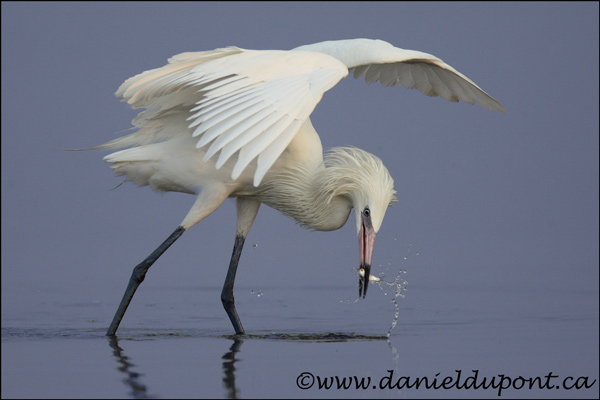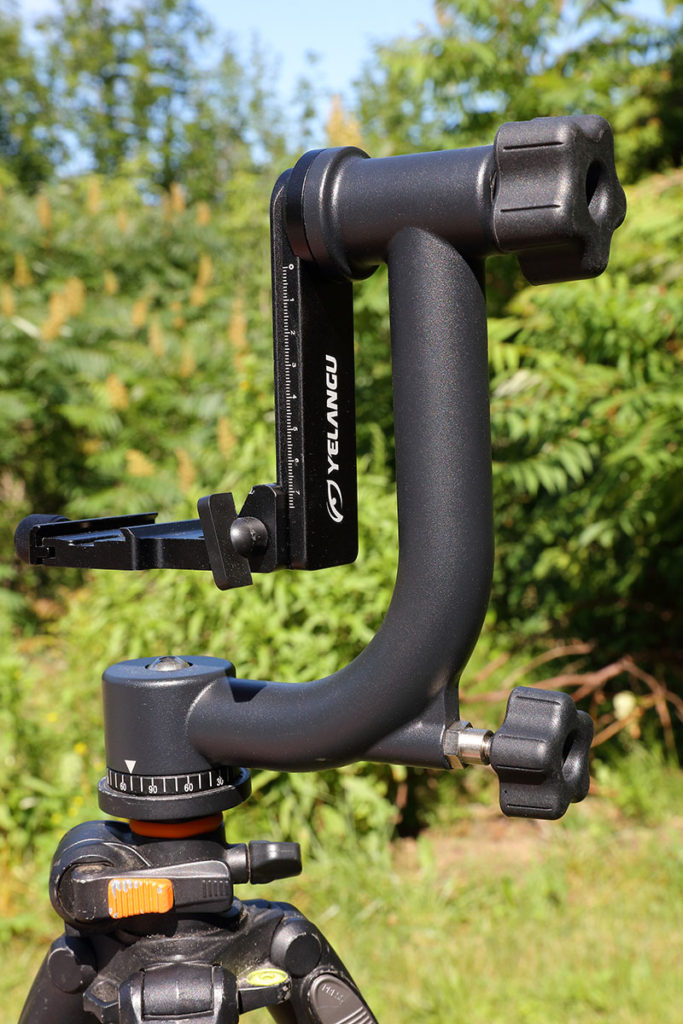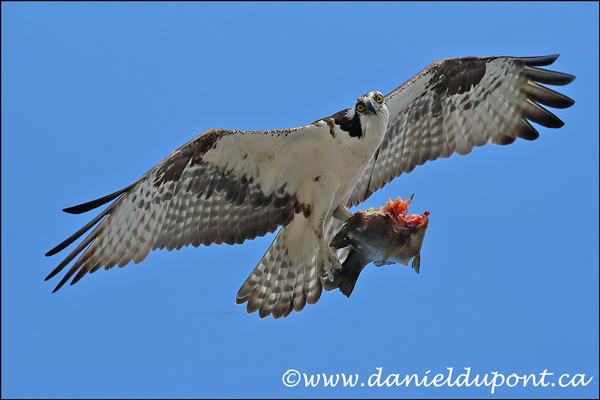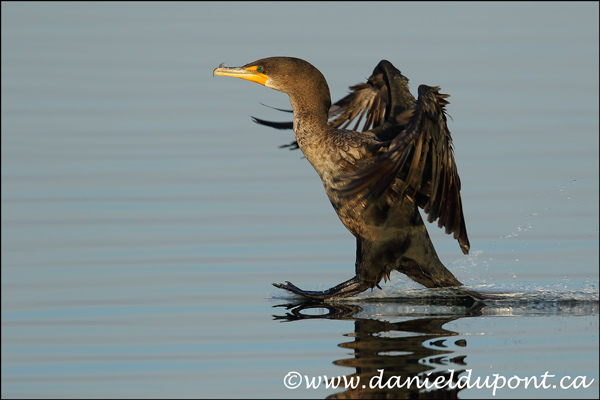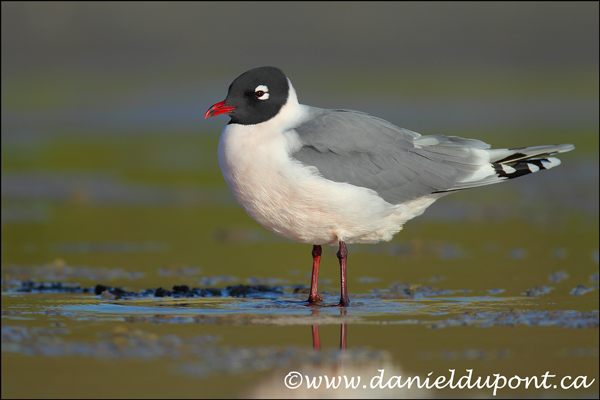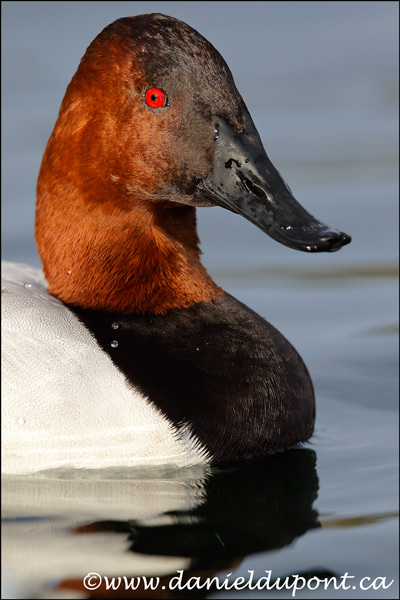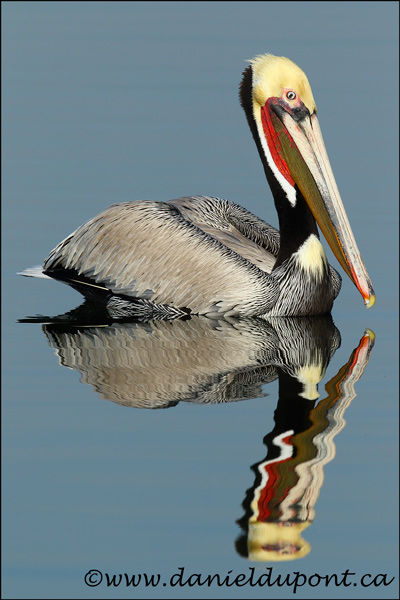I have been using a gimbal-style tripod head for more than 15 years. These heads provide unrivalled fluidity, and are ideal for sports or wildlife photography, especially when using a long telephoto lens.
Over the last few weeks, I have had the opportunity to try out a new gimbal head, the Yelangu A17. I was pleasantly surprised by its robust construction, the range of features it offers, and its most attractive price.
Once you have attached the gimbal head to your tripod, it is a simple matter to adjust the balance point, and the resistance of the tilt and rotation settings. I prefer to set a relatively light resistance so that I can enjoy a more fluid movement to follow my subjects, whether they are birds in flight, or athletes in a race.
While the beauty of the gimbal head is best appreciated when shooting moving subjects, if your subject remains static, the Yelangu A17 will allow you to get a more accurate framing than a ball head, without having to continually support the weight of your camera and lens.
I recommend this tripod head to anyone who wants to improve their sports or wildlife photos. It will relieve the weight and fatigue of using a long telephoto or zoom lens, and allow you to be ready for any subject movement, to help you create spectacular images.
About the Author
Daniel Dupont is a professional photographer specializing in nature photography. He has taught photography at a CEGEP in Quebec City for nearly 25 years. The author of seven books, including three technical books, Daniel has been the host of many trips and workshops in North America, Costa Rica, Iceland and South Africa. See Daniel’s photos at: www.danieldupont.ca



